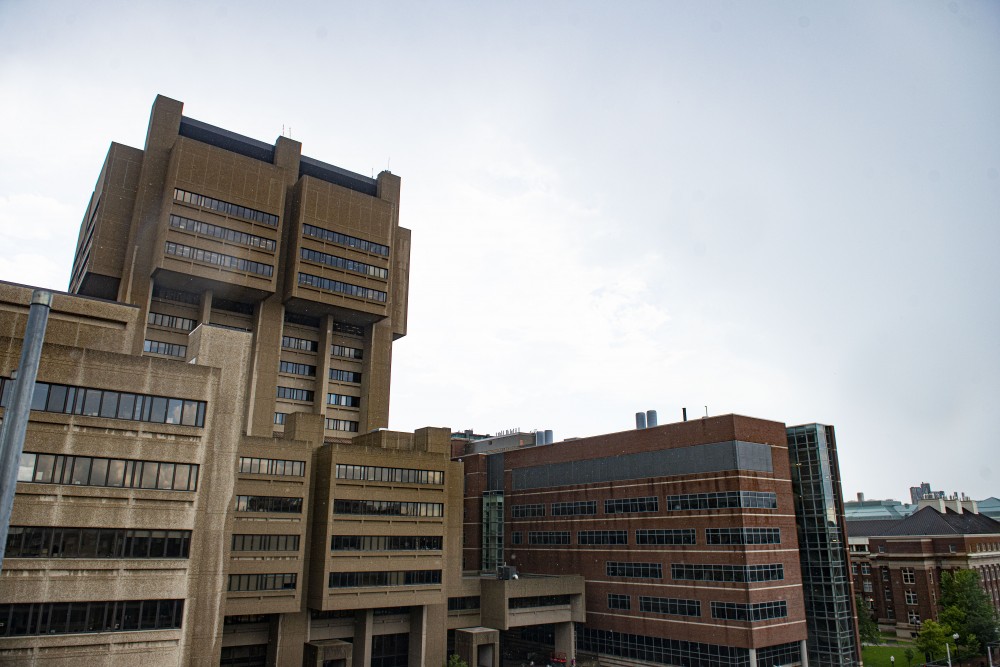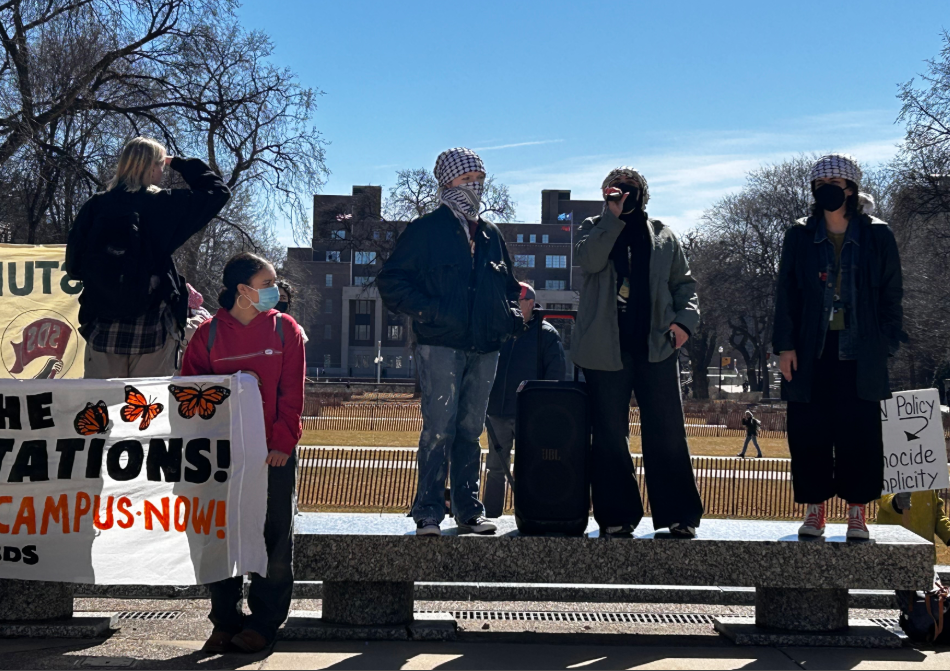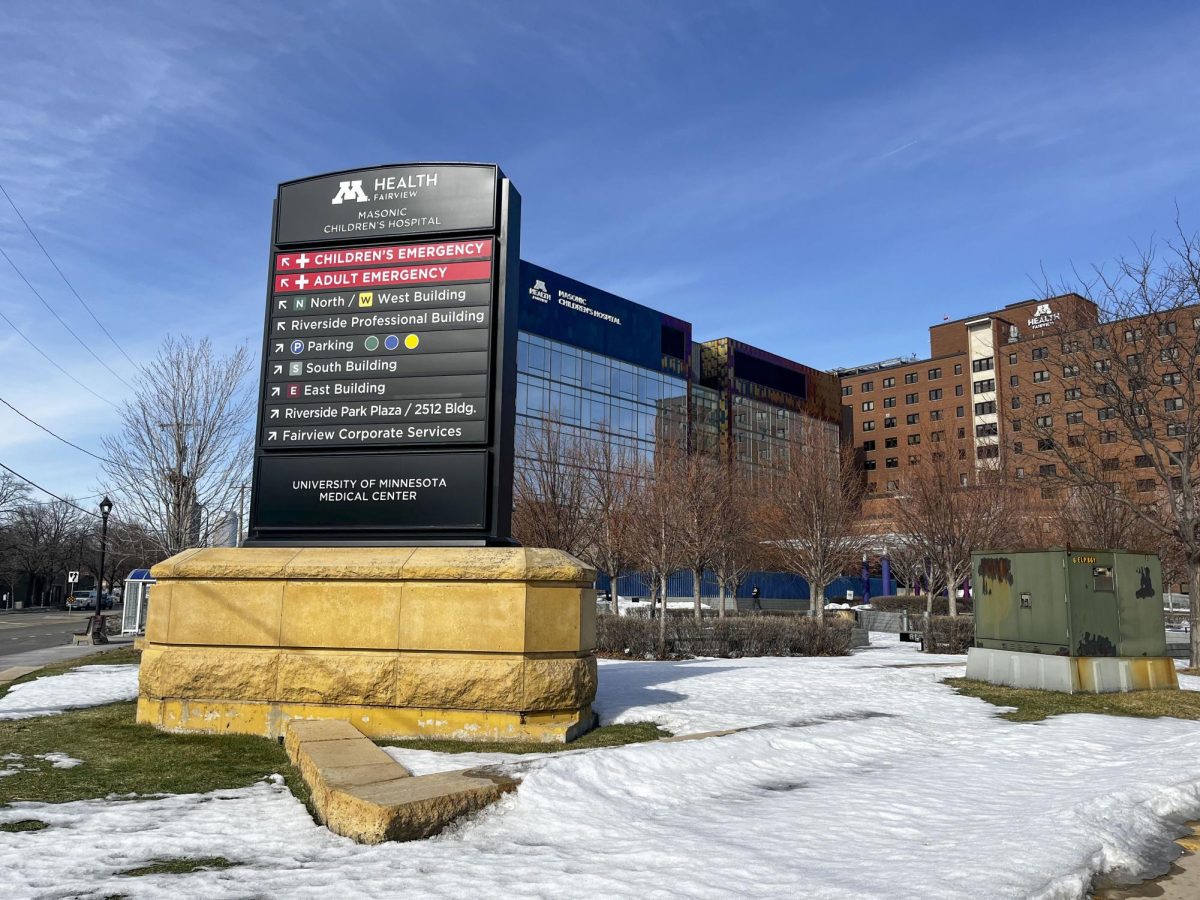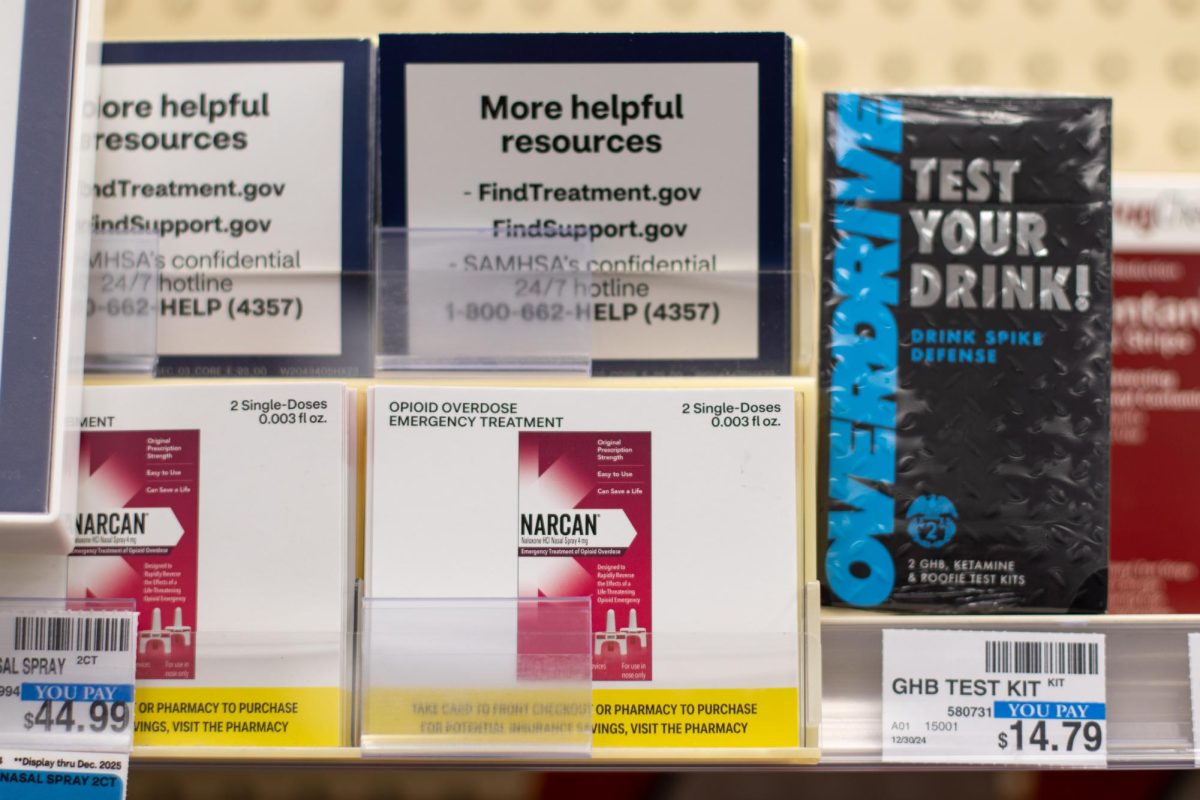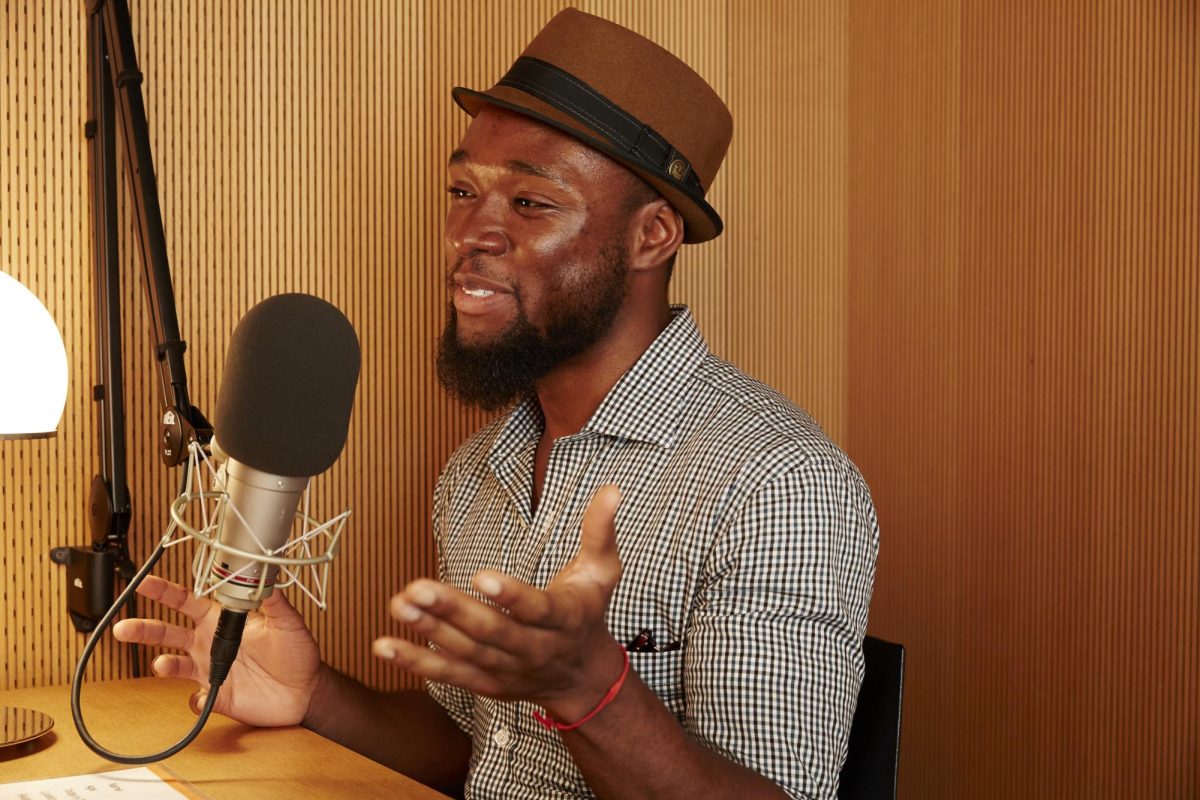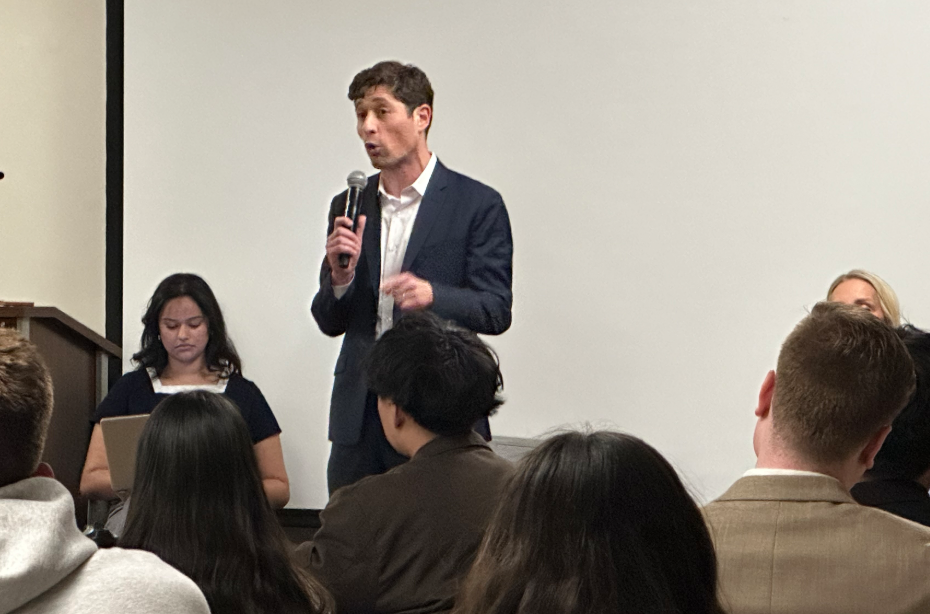The Biden-Harris administration announced Minnesota was selected by the U.S. Department of Commerce to serve as one of 31 federal tech hubs on Oct. 23.
The program, Minnesota MedTech 3.0 (MMT 3.0), is an association led by the Minneapolis Saint Paul Regional Economic Development Partnership and aims to position Minnesota as a global center for medical technology. MMT 3.0 was selected out of nearly 200 submitted proposals that came from around the country.
Alongside the University of Minnesota, MMT 3.0 will bring together research institutions from across the state, like hospitals and medical device manufacturers.
Institutions partnering with MMT 3.0 will work toward new discoveries in the field of medical technology, like cryogenically preserving donated organs until they are ready for use. They will also integrate innovations like artificial intelligence and data science into already existing medical technology.
“Innovation, like medicine, is very much a team endeavor, and we look forward to expanding our relationships that build on the legacy of innovation coming from the Medical School,” said Jakub Tolar, dean of the medical school.
Tim Schacker, executive vice dean of the medical school, said MMT 3.0 is mostly focused on innovating medical technology into the next century to provide the best medical care and delivery to Minnesotans.
The University plays an important part because of how many people attend the school and get medical jobs in Minnesota after graduating, Schacker said.
“It speaks to how well-known Minnesota is for our medical technology innovation,” Schacker said. “We’re very proud to have been selected as one of the sites [for a tech hub].”
The University’s Medical School will be joined in its research by the College of Science and Engineering (CSE) and several other University research outlets.
Andrew Alleyne, dean of CSE, said he is excited about the innovations MMT 3.0 will create.
The tech hub program cements Minnesota’s place as the go-to for medical technology, Alleyne said. Minnesota has a historic and celebrated past in the field, and Alleyne is excited to see what opportunities the program will offer in the future.
Alleyne added that when MMT 3.0 grows and becomes a successful sector of Minnesota’s medical technology development, he expects more prospective students to be drawn to the University to study medicine and computer science.
“There’s the opportunity to create a talent pipeline [from the University to] a workforce across the country that would be unique in its training,” Alleyne said.


